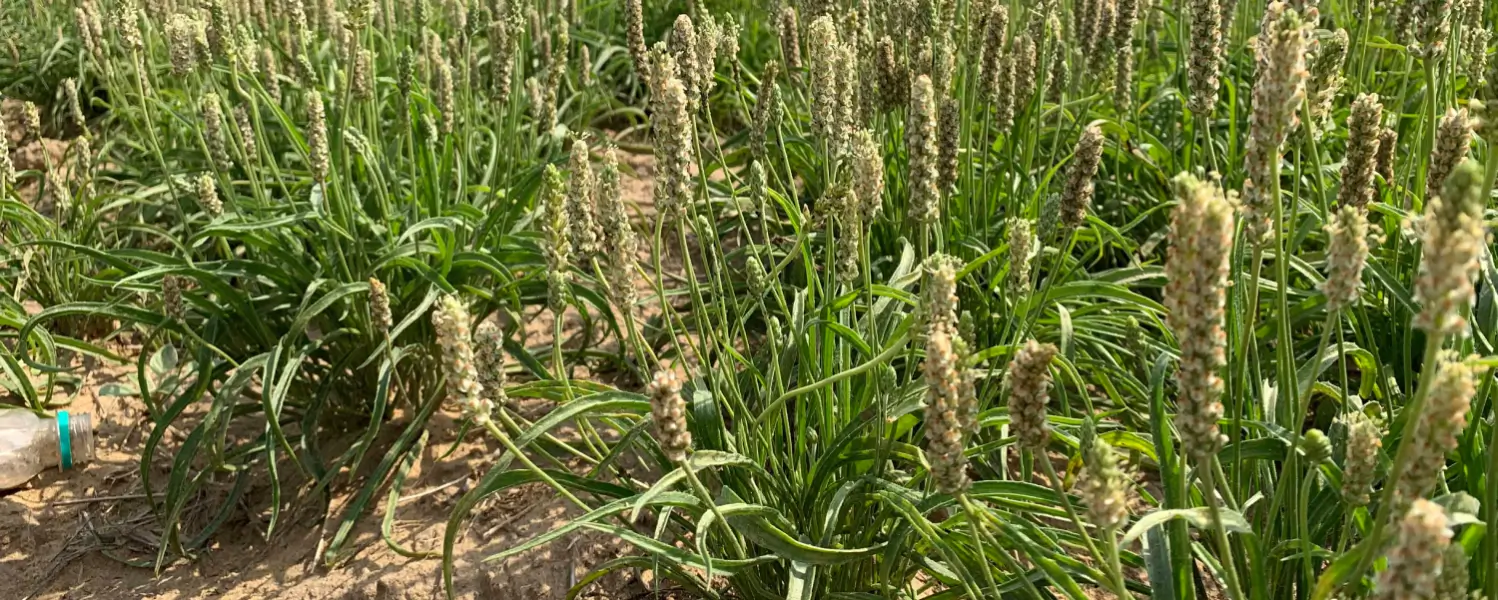Psyllium Husk
Psyllium husk, an essential agri-farm product, is obtained from the cleaned and dried outer coat of Plantago ovata seeds. After careful processing to remove impurities, it becomes a highly valued natural fiber ingredient. As one of the prominent Psyllium Husk suppliers in India, Prime Psyllium is committed to delivering consistent quality and exceptional purity.
The husk is the natural mucilage layer surrounding the seed and is widely recognized as a pure dietary fiber. It is used in human and animal foods, pharmaceutical formulations, and fiber supplements. In India, exporters typically offer several purity grades, including 99%, 98%, 95%, 90%, 85%, 80%, and 70%, meeting the needs of different industries.
As trusted psyllium husk manufacturers, we follow strict quality standards to ensure reliability in every batch. If you are looking to source premium psyllium husk from India, we are here to support your requirements.

Grade-wise Technical Quality Specification (USP Monographs: Plantago Husk, 2007)
| Property | Psyllium Husk Powder (99%) | Psyllium Husk Powder (98%) | Psyllium Husk Powder (95%) | Psyllium Husk Powder (40%) | Psyllium Husk Powder (85%) | Psyllium Husk Powder (80%) | Psyllium Husk Powder (70%) |
| Purity | NLT 99% | NLT 98% | NLT 95% | NLT 90% | NLT 85% | NLT 80% | NLT 70% |
| Swell Volume | NLT60 ml/gm | NLT 55 ml/gm | NLT 50 ml/gm | NLT 60 ml/gm | NLT 40 ml/gm | NLT 25 ml/gm | NLT 22 ml/gm |
| Color | White to light grey, Translucent | ||||||
| Odor | Faint, characteristic | ||||||
| Taste | Bland, mucilaginous | ||||||
| Particle Size | 30-100 mesh (As per requirements) | ||||||
| Moisture (loss or drying) | NMT 12.0 % | ||||||
| Total Ash | NMT 4.0 % | ||||||
| Acid Insoluble Ash | NMT 1.0% | ||||||
| Foreign Organic Matter | NMT 0.5 % | NMT 0.5 % | NMT1.0 % | NMT1.0 % | NMT1.0 % | NMT1.0 % | NMT1.0 % |
| Light Extraneous Matter | NMT 1.0 % | NMT 2.0 % | NMT 5.0 % | NMT 10.0 % | NMT 15.0 % | NMT 20.0 % | NMT 30.0 % |
| Insect Infestation | NMT400 insect fragments including mites and psocides per 25 grams | ||||||
| Microbiological Limit | Total combined molds and yeasts count: NMT 1,000 cfu/g. Escherichia coli: absent. Salmonella species: absent. | ||||||
| NMT-Not More Than, NLT-Not Less Than |
NOTE : The above specification complies to USP29 (USP Monographs: Plantago Husk, 2007). As per client demand we can also provide products as per BP, EP and IP specifications.


